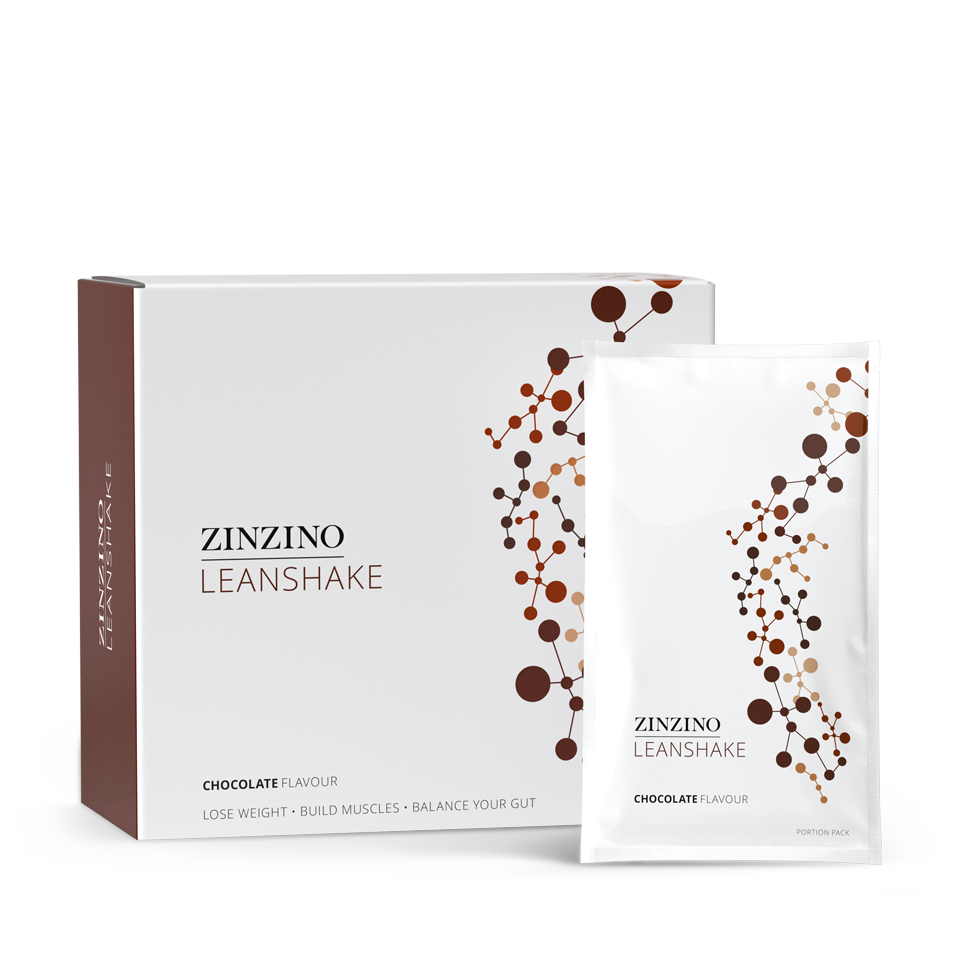You’ve reached the pinnacle of your career. Your life is full, rich, and rewarding. Yet, you might be noticing subtle shifts – a slight decrease in energy, perhaps a touch more effort to climb the stairs. These could be early indicators of sarcopenia, the insidious age-related decline in muscle mass, strength, and function. But fear not. This is not the end of the story; it’s merely a new chapter.
Understanding the Enemy: Sarcopenia
Sarcopenia is a silent thief, gradually eroding your physical capabilities. While it’s a natural part of aging, its impact can be significantly mitigated. By understanding the adversary, we can better equip ourselves to combat it.
The Power of Exercise: Your Weapon of Choice
Resistance training is the cornerstone of sarcopenia reversal. It’s not just about lifting weights; it’s about stimulating muscle growth and preserving strength.
- Intensity is Key: To truly challenge your muscles and stimulate growth, aim for a level of exertion that’s challenging but manageable. A rating of 7-8 out of 10 on the perceived exertion scale is ideal.
- Variety is Essential: A well-rounded routine is crucial. Incorporate exercises that target all major muscle groups, including your legs, core, back, chest, shoulders, and arms.
- Progression is Paramount: As your strength increases, so should the challenge. Regularly increase the weight or resistance to continue stimulating muscle growth.
Exercise Recommendations:
Given your busy lifestyle, time-efficient yet effective workouts are essential. Consider incorporating the following:
- High-Intensity Interval Training (HIIT): Short bursts of intense exercise followed by brief recovery periods can be highly effective for building muscle and improving cardiovascular health.
- Circuit Training: Combining strength and cardio exercises into a continuous circuit is a time-efficient way to challenge your body.
- Personal Training: Invest in a qualified personal trainer to create a personalized program tailored to your goals, fitness level, and time constraints.
Nutrition: Fuelling Your Transformation
Optimal nutrition is essential for muscle repair and growth.
- Protein Powerhouse: Aim for a daily protein intake of around 1.2-1.7 grams per kilogram of body weight. Incorporate lean meats, fish, poultry, eggs, dairy, legumes, and plant-based protein sources into your diet.
- Nutrient-Rich Foods: Prioritize whole foods, including fruits, vegetables, whole grains, and healthy fats.
- Supplementation: Consider consulting with a healthcare professional or registered dietitian to determine if supplements like creatine or protein powder can benefit you.

Tailoring Your Anti-Aging Regimen
Crafting a Personalised Exercise Plan
To effectively combat sarcopenia, a tailored exercise routine is essential. Let’s explore some options based on your preferences and fitness level:
For the Time-Crunched Executive:
- High-Intensity Interval Training (HIIT): Short, intense bursts of exercise followed by brief recovery periods can be highly effective. Consider incorporating bodyweight exercises like burpees, mountain climbers, and squats into your routine.
- Strength Training Focus: Prioritise compound exercises that work multiple muscle groups simultaneously. Examples include squats, lunges, push-ups, and rows. Aim for 3-4 sets of 8-12 repetitions, 2-3 times per week.
For the Fitness Enthusiast:
- Resistance Training: Incorporate a variety of exercises using free weights, resistance bands, or machines. Consider incorporating Olympic lifts like cleans and snatches for maximum muscle challenge.
- Functional Training: Focus on exercises that mimic everyday movements, such as carrying groceries, lifting heavy objects, or climbing stairs. This can enhance overall strength and functional ability.
For those with Joint Concerns:
- Water-Based Exercises: Swimming, water aerobics, or aqua jogging offer low-impact options for building strength and endurance without straining joints.
- Bodyweight Exercises: Exercises like squats, lunges, and push-ups can be modified to reduce stress on joints.
Nutritional Strategies for Optimal Results
A personalised nutrition plan is crucial for supporting muscle growth and repair. Let’s explore some options:
For the Discerning Palate:
- High-Quality Protein: Incorporate lean sources like grass-fed beef, wild-caught salmon, organic chicken, and plant-based options like tofu, tempeh, and lentils.
- Nutrient-Dense Foods: Prioritise organic, whole foods rich in vitamins, minerals, and antioxidants. Consider incorporating leafy greens, berries, nuts, and seeds into your diet.
- Meal Planning: To ensure consistent nutrient intake, consider working with a registered dietitian to create a personalized meal plan that aligns with your preferences and lifestyle.
For the Busy Professional:
- Protein Supplements: Consider high-quality protein supplements like whey protein isolate or plant-based protein powders to supplement your dietary intake.
- Meal Prep: Prepare healthy meals in advance to save time and ensure consistent nutrition.
- Nutrient-Dense Snacks: Keep healthy snacks on hand, such as Greek yogurt, nuts, seeds, and fruits, to avoid unhealthy temptations.
For those with Specific Dietary Needs:
- Consult a Registered Dietitian: If you have allergies, intolerances, or specific dietary requirements, work with a registered dietitian to create a tailored plan.
- Explore Alternatives: Find suitable substitutes for your favorite foods to maintain a balanced diet.
Additional Considerations
- Hydration: Ensure adequate hydration by drinking plenty of water throughout the day.
- Sleep: Prioritise quality sleep for optimal muscle recovery and hormone regulation.
- Stress Management: Incorporate relaxation techniques like meditation or yoga to reduce stress and support overall well-being.
Remember: Consistency is key. Small, sustainable changes can lead to significant improvements over time. It’s essential to listen to your body, adjust your plan as needed, and enjoy the process of reclaiming your prime.
Let’s Create Your Personalised Plan
To create a truly effective workout or meal plan, we need some specific information from you.
Please provide details on the following:
Fitness Level
- Current exercise routine (if any)
- Any physical limitations or injuries
- Desired fitness goals (e.g., increase strength, improve endurance, enhance flexibility)
Time Constraints
- How much time can you dedicate to exercise per week?
- How much time can you spend on meal preparation?
Preferences and Lifestyle
- Do you prefer home workouts, gym workouts, or a combination?
- Do you have access to gym equipment?
- Dietary restrictions or preferences (e.g., vegetarian, vegan, gluten-free)
- Cooking skills and equipment
Goals
- What are your specific goals for combating sarcopenia?
- Do you want to focus on building muscle mass, improving strength, or enhancing overall functional ability?
Sample Workout Routine
Once we have a better understanding of your needs, we can create a sample workout routine. Here’s a general example to illustrate the structure:
Warm-up (5-10 minutes):
- Light cardio (e.g., jogging, cycling)
- Dynamic stretches (e.g., arm circles, leg swings)
Strength Training (30-45 minutes):
- Compound exercises (e.g., squats, lunges, push-ups, rows)
- Isolation exercises (e.g., bicep curls, tricep extensions)
- Core exercises (e.g., planks, leg raises)
Cool-down (5-10 minutes):
- Static stretches (e.g., holding a hamstring stretch)
Frequency: 2-3 times per week
Note: This is a general template. The specific exercises, sets, and repetitions will be tailored to your fitness level and goals.
Sample Meal Plan
A sample meal plan might look like this:
Breakfast:
- Greek yogurt with berries and nuts
- Oatmeal with protein powder and fruit
Lunch:
- Grilled chicken salad with mixed greens and avocado
- Lentil soup
Dinner:
- Salmon with roasted vegetables
- Lean steak with sweet potatoes and asparagus
Snacks:
- Fruits, vegetables, nuts, seeds, or protein shakes
Again, this is a general example. We can adjust the meal plan based on your dietary preferences, calorie needs, and macronutrient goals.
Lifestyle Optimisation: The Final Piece
Exercise and nutrition are the foundation, but lifestyle factors can significantly impact your results.
- Prioritise Sleep: Aim for 7-9 hours of quality sleep each night to optimize muscle recovery and hormone regulation.
- Manage Stress: Chronic stress can hinder muscle growth. Incorporate relaxation techniques like meditation or yoga into your routine.
- Regular Check-ups: Schedule regular check-ups with your healthcare provider to monitor your progress and address any potential concerns.
Remember: While age-related muscle loss is a challenge, it’s not insurmountable. By combining targeted exercise, optimal nutrition, and a supportive lifestyle, you can not only slow down the decline but also regain lost muscle mass.
Invest in your health today. Your future self will thank you.

